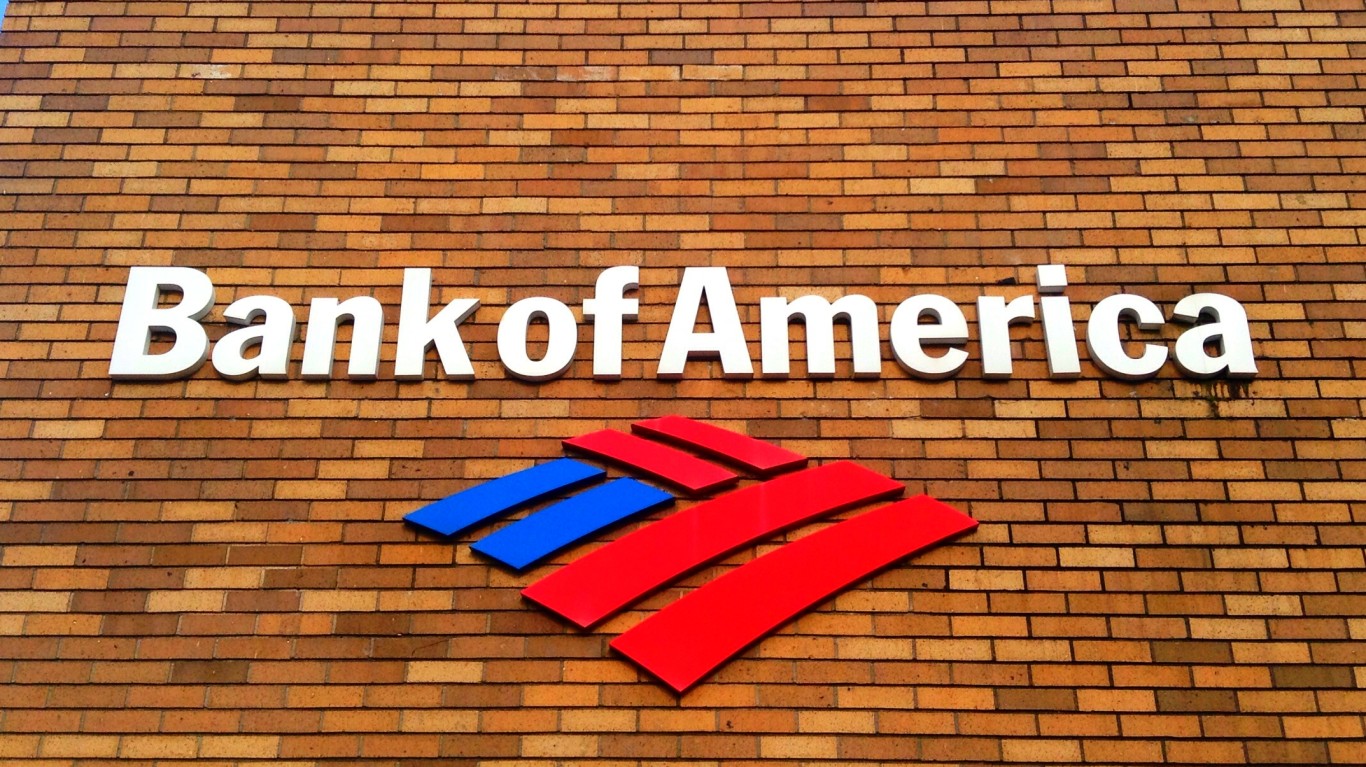Investing
Improve Your Retirement Income With These 3 Top-Ranked Dividend Stocks

Published:

Believe it or not, seniors fear running out of cash more than they fear dying.
Also, retirees who have constructed a nest egg have valid justifications to be concerned, since the traditional ways to plan for retirement may mean income can no longer cover expenses. Some retirees are now tapping their principal to make a decent living, pressed for time between decreasing investment balances and longer life expectancies.
Your parents’ retirement investing plan won’t cut it today.
In the past, investors going into retirement could invest in bonds and count on attractive yields to produce steady, reliable income streams to fund a predictable retirement. 10-year Treasury bond rates in the late 1990s hovered around 6.50%, whereas the current rate is much lower.
The effect of this drop in rates is substantial: over 20 years, the change in yield for a $1 million investment in 10-year Treasuries is over $1 million.
And lower bond yields aren’t the only potential problem seniors are facing. Today’s retirees aren’t feeling as secure as they once did about Social Security, either. Benefit checks will still be coming for the foreseeable future, but based on current estimates, Social Security funds will run out of money in 2035.
Unfortunately, it looks like the two traditional sources of retirement income – bonds and Social Security – may not be able to adequately meet the needs of present and future retirees. But what if there was another option that could provide a steady, reliable source of income in retirement?
Invest in Dividend Stocks
We feel that these dividend-paying equities – as long as they are from high-quality, low-risk issuers – can give retirement investors a smart option to replace low-yielding Treasury bonds (or other bonds).
Look for stocks that have paid steady, increasing dividends for years (or decades), and have not cut their dividends even during recessions.
One way to identify suitable candidates is to look for stocks with an average dividend yield of 3%, and positive average annual dividend growth. Many stocks increase dividends over time, helping to offset the effects of inflation.
Here are three dividend-paying stocks retirees should consider for their nest egg portfolio.
Bank of America (BAC) is currently shelling out a dividend of $0.24 per share, with a dividend yield of 3.06%. This compares to the Banks – Major Regional industry’s yield of 4.16% and the S&P 500’s yield of 1.66%. The company’s annualized dividend growth in the past year was 4.76%. Check Bank of America (BAC) dividend history here>>>
Brixmor Property (BRX) is paying out a dividend of $0.26 per share at the moment, with a dividend yield of 4.8% compared to the REIT and Equity Trust – Retail industry’s yield of 4.56% and the S&P 500’s yield. The annualized dividend growth of the company was 8.33% over the past year. Check Brixmor Property (BRX) dividend history here>>>
Currently paying a dividend of $0.76 per share, Heartland BancCorp. (HLAN) has a dividend yield of 3.52%. This is compared to the Banks – Midwest industry’s yield of 3.56% and the S&P 500’s current yield. Annualized dividend growth for the company in the past year was 10%. Check Heartland BancCorp. (HLAN) dividend history here>>>
But aren’t stocks generally more risky than bonds?
Yes, that’s true. As a broad category, bonds carry less risk than stocks. However, the stocks we are talking about – dividend -paying stocks from high-quality companies – can generate income over time and also mitigate the overall volatility of your portfolio compared to the stock market as a whole.
An upside to adding dividend stocks to your retirement portfolio: they can help lessen the effects of inflation, since many dividend-paying companies (especially blue chip stocks) generally increase their dividends over time.
Thinking about dividend-focused mutual funds or ETFs? Watch out for fees.
You may be thinking, “I like this dividend strategy, but instead of investing in individual stocks, I’m going to find a dividend-focused mutual fund or ETF.” This approach can make sense, but be aware that some mutual funds and specialized ETFs carry high fees, which may reduce your dividend gains or income, and defeat the goal of this dividend investment approach. If you do wish to invest in a fund, do your research to find the best-quality dividend funds with the lowest fees.
Bottom Line
Pursuing a dividend investing strategy can help protect your retirement portfolio. Whether you choose to invest in stocks or through low-fee mutual funds or ETFs, this approach can potentially help you achieve a more secure and enjoyable retirement.
Bank of America Corporation (BAC): Free Stock Analysis Report
Brixmor Property Group Inc. (BRX): Free Stock Analysis Report
Heartland BancCorp. (HLAN): Free Stock Analysis Report
To read this article on Zacks.com click here.
This article originally appeared on Zacks
Retirement planning doesn’t have to feel overwhelming. The key is finding expert guidance—and SmartAsset’s simple quiz makes it easier than ever for you to connect with a vetted financial advisor.
Here’s how it works:
Why wait? Start building the retirement you’ve always dreamed of. Click here to get started today!
Thank you for reading! Have some feedback for us?
Contact the 24/7 Wall St. editorial team.